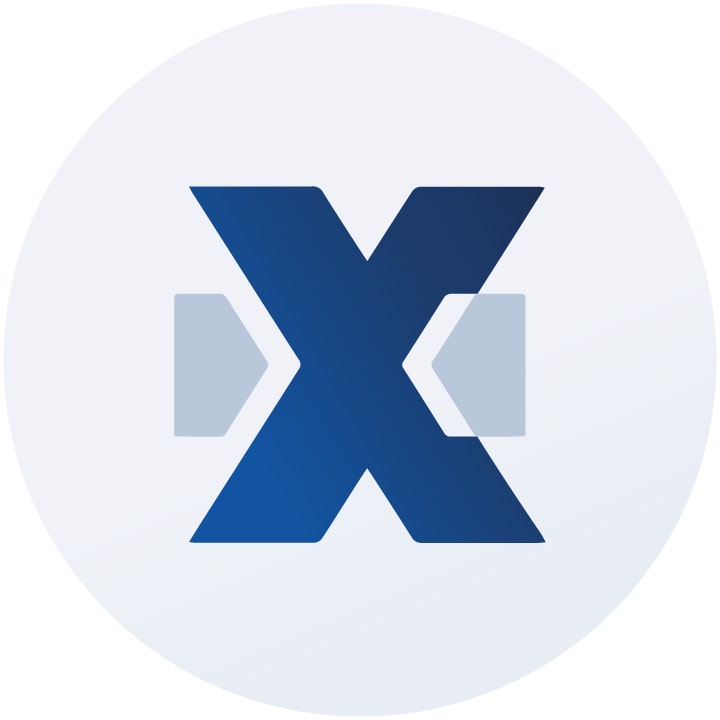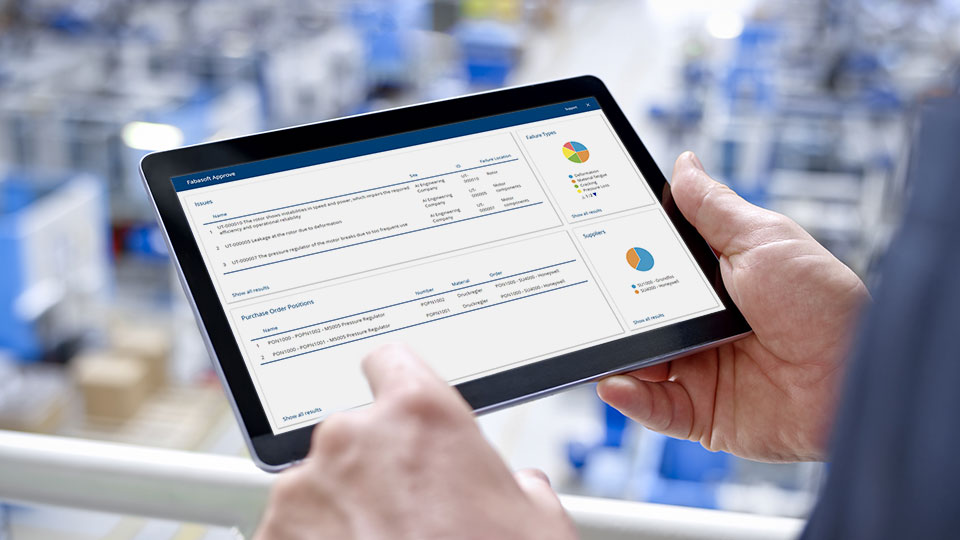What is software documentation?
Software documentation is essentially a user’s manual for a piece of software. It is produced primarily by technical writers, with the help of developers and qualified business or technical users. The authors have to consider the needs of a variety of user groups in order to present the information in a way that is clear and comprehensible. Software documentation features various formats including text, images, videos, and graphics to explain the software and its use visually and descriptively. Its content is determined by the type of software as well as the needs of the users. That being said, well designed documentation always covers specific fundamentals, such as introductory information, key features and functions, as well as troubleshooting tips.
Types of software documentation
Software documentation can fall into one of several categories, depending on its purpose, scope, and target audience:
| Method documentation | Covers the basics of the software program without going into the technical details. It is geared towards end users. |
| Programming documentation | Describes the interfaces and the source code and is addressed to developers. |
| Installation guides | Explain how to install the software and perform updates. They are designed for administrators who do not necessarily use the software themselves. |
| User documentation | Like method documentation, user documentation provides information for end users. |
| Developer documentation | Comprises the different versions as they are developed and modified, and is intended for software developers. |
Software documentation content
Software documentation includes a description of the software and instructions for its use. The content is usually based on the product life cycle and as such, it covers the following aspects:
- Installation: What are all of the steps involved in the installation process, and which requirements need to be met?
- Customization options: How can the software be configured to ensure that developers and end users can work on and with it effectively?
- Usage: What is the software used for, and what features does it offer?
- Troubleshooting: When errors occur, how can they be resolved quickly?
- Updates: Are updates likely, and what are the update cycles?
- Uninstalling: How can the program be removed from the system securely?
Why solid software documentation is an indispensable tool for every company
Logically structured and clearly understandable software documentation not only offers targeted problem-solving help, it also minimizes the time and effort needed for training. That way, both users and developers are more quickly able to use the software productively and manage complex tasks.
The benefits in a nutshell:
- Efficient implementation: Staff members learn to use the software quickly, reducing the outlay for training.
- Simpler implementation: Software is always changing, with new features being added all the time. Clear instructions help engage the entire staff in this process.
- Rapid onboarding for software developers: Detailed software documentation is a tool that gives new employees the ability to work with and on the program productively.
- Lower support costs: Software documentation reduces the workload for the service department and delivers efficient support.
- Increased sales success: Easy-to-understand documentation highlights the benefits of the software to prospective customers and guides them towards a decision to purchase.
Best practices: Recommendations and methods
Documentation is always about communicating. To make sure software documentation communicates the desired message as effectively as possible, technical writers need to keep a few different factors in mind:
- Unambiguous language: The software documentation provides answers to every question in a straightforward, clear, and concise way, such that users can understand it without having any follow-up questions.
- Consistency: Maintaining a uniform style, structure, terminology, and formatting is the key to ensuring consistency throughout the documentation.
- Visuals: Using screenshots and videos helps make the content easier to understand.
- Intuitive to use: The software documentation is designed to meet the needs and accomplish the tasks of the users, and equip them with the skills to use the product.
- Immediate availability: The documentation comes with the software so that users can start working with it right away.
- Regular updates: Software is a fast-paced industry, and technical writers are continually updating the documentation to keep it current.
- Legal compliance: Software documentation has its own set of standards as a way of establishing guidelines and support, and compliance with these standards is a hallmark of quality.
Software documentation’s diverse target groups and distribution channels
Target group-specific language
Authors of software documentation vary their approach depending on who is going to read the material. There is a big difference between writing for software developers and writing for end users. Besides the content itself, the wording and style of communication vary widely based on the intended readership.
Developers want to see detailed technical information and guidance about integrating the software with other systems. The writers can assume that their readers already have a basic understanding of the subject matter, and use the technical terminology that their readers are familiar with. In contrast, when writing for end users, technical writers begin by determining the readers’ existing knowledge base and identifying what they need to learn to use the software. Most end customers need a simple explanation. Administrators are in charge of the software settings, but they do not necessarily work with the software themselves. Technical writers for this target group can also assume that their readers have a certain level of expertise.
Creating content for a range of platforms ensures smooth multichannel publishing
Companies publish software documentation on the platforms that cater to their target audience and intended use. Software documentation used to come in the form of printed manuals, but today it is almost exclusively available online in the form of a PDF, a page on a website, or as online support. Given that, it follows that the documentation needs to be created in a way that makes it accessible across the entire media spectrum.
To achieve this, technical writers work with multichannel publishing software products like Xpublisher. It lets publishers export content into multiple content formats so that it can be published across a whole host of different channels and devices. This system gives technical writers a way to write software documentation in a single format and then convert it automatically into different formats, including PDF, HTML, e-books, and even mobile apps.
Choice of tools: What to look for
Technical writers keep a few specific criteria in mind when selecting the tools they use to create software documentation.
- Content reusability: Technical writers produce individual pieces of content at a granular level and then use that content in several pieces of documentation. This means they only have to change an adaptation once.
- Collaborative work: Usually there are several people working on one document, making the option of collaborative editing a real asset.
- Workflow management: For collaborative document work to be seamless and effective, workflows need to be automated and clearly assignable. The shared control that goes along with that is also an added quality assurance feature.
- Data security: Editors working on software documentation handle sensitive data including the codes for the software – information that can’t be disclosed to third parties.
- Versioning and revision security: Because technical writers update the software documentation on an ongoing basis, they have to be able to see what changes are being made at any given time. This way, they can maintain consistency in the update process without losing previous versions.
- Cloud based: Since the documents are available online at all times, technical writers can access them from anywhere on any device.
- Intelligent search: Efficient metadata management makes finding the assets you need quick and easy.
The Xpublisher multichannel publishing system with its integrated XML editor unites all of these criteria in a single software solution. This eliminates the need to utilize several tools. Xpublisher’s integrated workflow engine digitally maps workflows, automates work steps, and makes the entire process significantly more efficient. On top of that, granular content creation allows authors to use their content consistently across all channels, ensuring consistency in the software documentation and enhancing the user experience.
The bottom line
When it comes to software development, a reader-focused approach to software documentation clearly makes a compelling difference. The right tool makes creating solid documentation a lot easier. Effective software documentation not only contributes to better company work processes, it also keeps the customer satisfied, which is ultimately what company success is built on.




